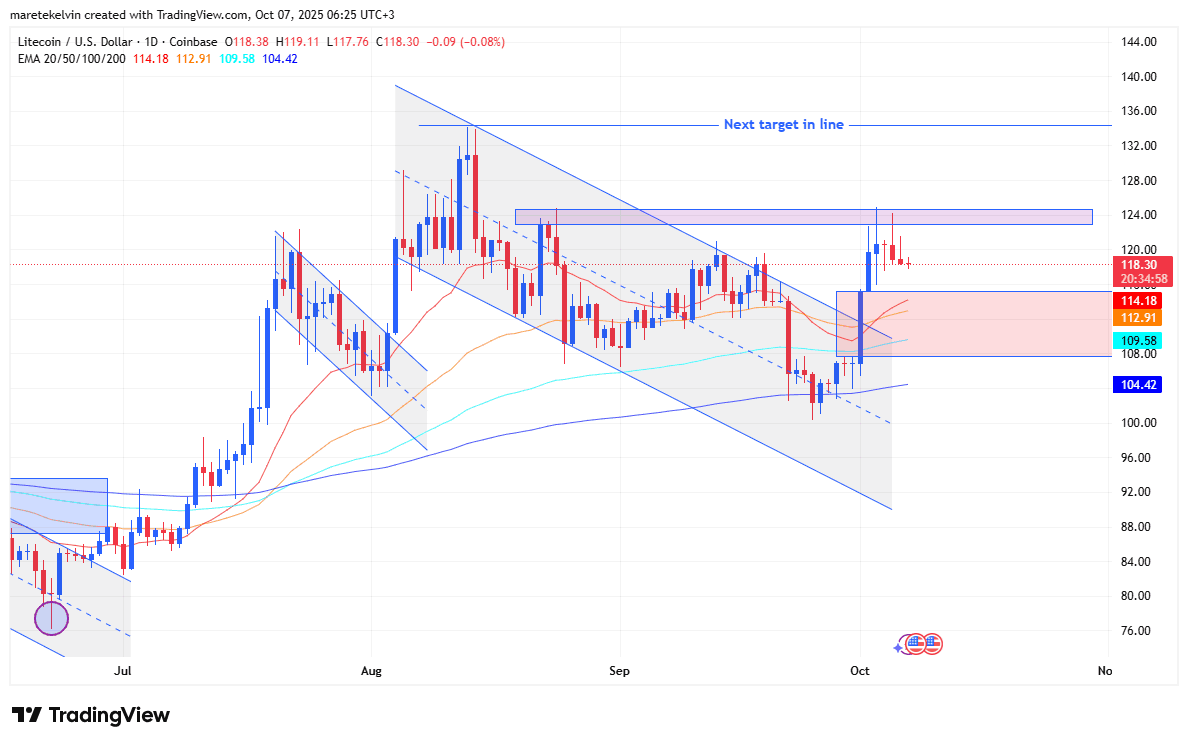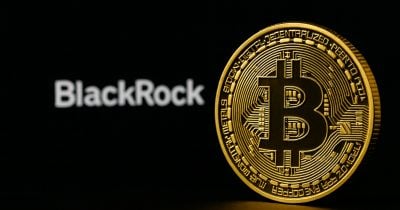Why JPY’s Latest Move Isn’t 2013 Redux—and What It Means for Your Next Big Investment Move
Ever wondered what happens when a fresh political breeze meets an economy hungry for revival? That’s exactly the scene unfolding in Japan with the so-called ‘Takaichi trade’ stirring up quite the financial storm — a steeper yield curve, roaring equity rallies, and a Japanese Yen (JPY) that’s taken a bit of a tumble. It’s like watching the sequel to Shinzo Abe’s bold 2013 playbook, but with a twist—inflation has crashed the party, changing the script entirely. Now, with inflation above 2% and the Bank of Japan’s current governor tightening the reins rather than easing up, USD/JPY isn’t sprinting towards 160 as some might expect. Instead, we’re eyeing 145 as a more probable finishing line for this year. The big question: will the Bank of Japan bend under political pressure or stick to its guns? Hang tight, because this financial drama is far from over — and it might just reshape your investment outlook in ways you hadn’t imagined. LEARN MORE

The ‘Takaichi trade’ has indeed delivered a steeper yield curve, an equity rally and a weaker Japanese Yen (JPY), ING’s FX analyst Chris Turner notes.
USD/JPY might be ending the year nearer to 145 than 155
“The presumption here is that the new government under Sanae Takaichi exerts all its influence to deliver a stronger economy. This would include the Bank of Japan presumably ending, if not reversing, its tightening cycle and some heavy fiscal stimulus. Parallels are being drawn to Shinzo Abe’s term of 2013-20, which saw the Bank of Japan grow its balance sheet from 30% to 100% of GDP and the trade-weighted yen initially fall around 25%.”
“The big difference between 2013 and today is inflation. Back in 2013, Japan had been suffering deflation and a new BoJ Governor in March 2013, Haruhiko Kuroda, instituted a new 2% inflation target. Today, Japan’s inflation is above 2%. Inflation is proving to be a top concern for voters, and the current BoJ Governor, Kazuo Ueda, with three years left on his term, is in the process of raising interest rates and shrinking the central bank’s balance sheet. This is the case for USD/JPY not now surging towards 160.”
“For the near term, the focus is going to be on what pressure is brought to bear on the BoJ. Markets now price only a 20% chance of a rate hike at the 30 October meeting. A delay in a hike into next year or even later will further weigh on the yen. But if we’re right with our call for a weaker dollar into November and December, USD/JPY could be ending the year nearer to 145 than 155.”




















Post Comment